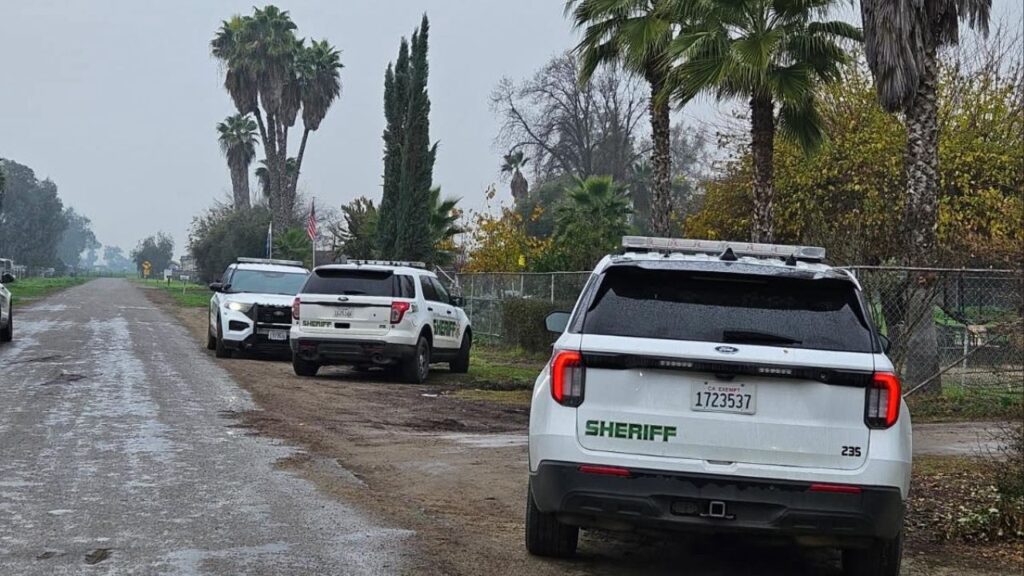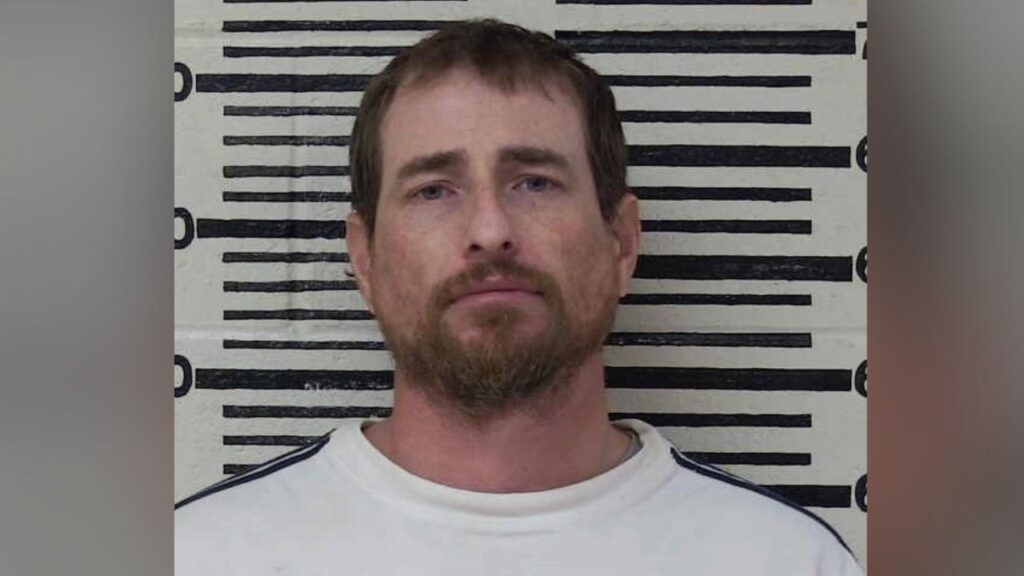Share
PANAMA CITY, Fla. — Search-and-rescue teams fanned out across the Florida Panhandle to reach trapped people in the wake of Hurricane Michael Thursday as daylight yielded scenes of rows upon rows of houses smashed to pieces by the third-most powerful hurricane on record to hit the continental U.S.
Under a perfectly clear blue sky, Florida families emerged tentatively from darkened shelters and hotels to an unfamiliar and perilous landscape of shattered homes and shopping centers, beeping security alarms, wailing sirens and hovering helicopters.
Over 900,000 homes and businesses in Florida, Alabama, Georgia and the Carolinas were without power.
“This morning, Florida’s Gulf Coast and Panhandle and the Big Bend are waking up to unimaginable destruction,” Gov. Rick Scott said. “So many lives have been changed forever. So many families have lost everything. … This hurricane was an absolute monster.”
The Full Extent of the Damage
But the full extent of the damage was only slowly becoming clear, with some of the stricken areas difficult to reach because of roads blocked by debris or water. An 80-mile stretch of Interstate 10, the main east-west route along the Panhandle, was closed.
One of the hardest-hit spots was Mexico Beach, where Michael crashed ashore Wednesday as a Category 4 monster with 155 mph winds. Video from a CNN helicopter Thursday revealed widespread devastation across the town of about 1,000 people.
Entire blocks of homes near the beach were washed away, leaving nothing but concrete slabs in the sand. Rows and rows of other homes were reduced to piles of debris or crumpled and slumped at odd angles.
Scott said the National Guard got into Mexico Beach and rescued 20 people who survived the direct hit. The town was under a mandatory evacuation order as the rapidly developing storm closed in, but some people were determined to ride it out.
Covered by Fallen Trees, Power Lines and Other Debris
A day later, the beach town remained had to reach by land, with roads covered by fallen trees, power lines and other debris.
“I know you just want to go home. You want to check on things, and begin the recovery process,” Scott said. But “we have to make sure things are safe.”
Meanwhile, the Coast Guard said it rescued at least 27 people before and after the hurricane hit, mostly from homes along the Florida coastline, and searched for more victims.
Among those brought to safety were nine people rescued by helicopter from a bathroom of their Panama City home after their roof collapsed, Petty Officer 3rd Class Ronald Hodges said.
Florida officials moved patients from damaged health care facilities. Authorities said the state mental hospital in Chattahoochee, which has a section for the criminally insane, was cut off by land, and food and supplies were being dropped by air.

Winds Reaching 50 Mph
As of 11 a.m. EDT, Michael was centered about 35 miles south of Charlotte, North Carolina, with winds of 50 mph. It was moving northeast at 23 mph.
Forecasters said it could drop up to 7 inches of rain over the Carolinas and Virginia before pushing out to sea Thursday night.
In North Carolina, still struggling to recover after Florence, up to 6 inches of rain had fallen in the mountains by Thursday morning, and authorities carried out several swift-water rescues.
“For North Carolina, Michael isn’t as bad as Florence, but it adds unwelcome insult to injury, so we must be on alert,” Gov. Roy Cooper said.
Along the 200-mile Panhandle, Michael washed away white-sand beaches, hammered military bases and destroyed coastal communities, stripping trees to stalks, shredding roofs, toppling trucks and pushing boats into buildings.
Authorities said a falling tree killed a man outside Tallahassee, Florida, and an 11-year-old girl in Georgia was killed when the winds picked up a carport and dropped it on her home. One of the carport’s legs punctured the roof and hit her in the head.
Extensive Destruction Around Panama City
An Associated Press team drove for miles and encountered extensive destruction around Panama City. Though most homes were still standing, no property was left undamaged.
Hundreds of cars had broken windows. Twisted street signs lay on the ground. Pine trees were stripped and snapped off about 20 feet high.
Vance Beu, 29, was staying with his mother at her home at Spring Gate Apartments, a complex of single-story wood-frame buildings. They piled up mattresses around themselves for protection.
A pine tree punched a hole in their roof, and Beu’s ears popped because of the drop in barometric pressure from the storm. The roar of the winds, he said, sounded like a jet engine.
“It was terrifying, honestly. There was a lot of noise. We thought the windows were going to break at any time,” Beu said.
Scenes of Breathtaking Destruction
Sally Crown rode out Michael on the Panhandle thinking at first that the worst damage was the many trees downed in her yard. But after the storm passed, she emerged to check on the cafe she manages and discovered a scene of breathtaking destruction.
“It’s absolutely horrendous. Catastrophic,” Crown said. “There’s flooding. Boats on the highway. A house on the highway. Houses that have been there forever are just shattered.”
More than 375,000 people up and down the Gulf Coast were ordered or urged to evacuate as Michael closed in. But it moved so fast and intensified so quickly that people didn’t have much time to prepare, and emergency authorities lamented that many ignored the warnings.
Based on its internal barometric pressure, Michael was the third most powerful hurricane to hit the U.S. mainland, behind the unnamed Labor Day storm of 1935 and Camille in 1969. Based on wind speed, it was the fourth-strongest, behind the Labor Day storm, Camille and Andrew in 1992.
Categories

Selma High School Student Wins Congressional App Challenge


















